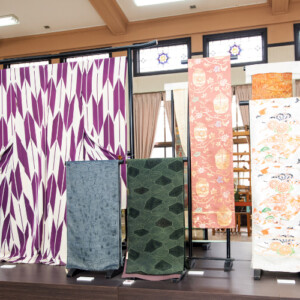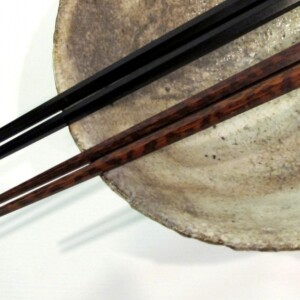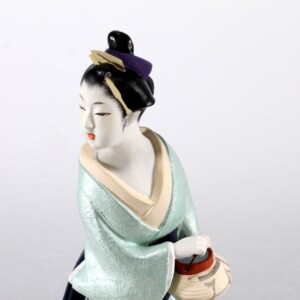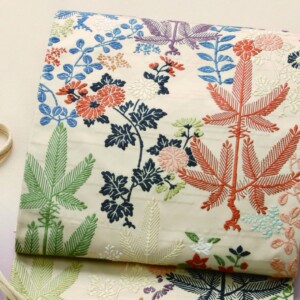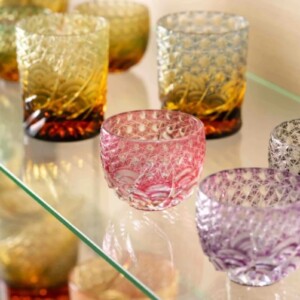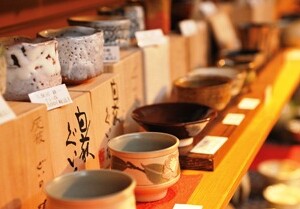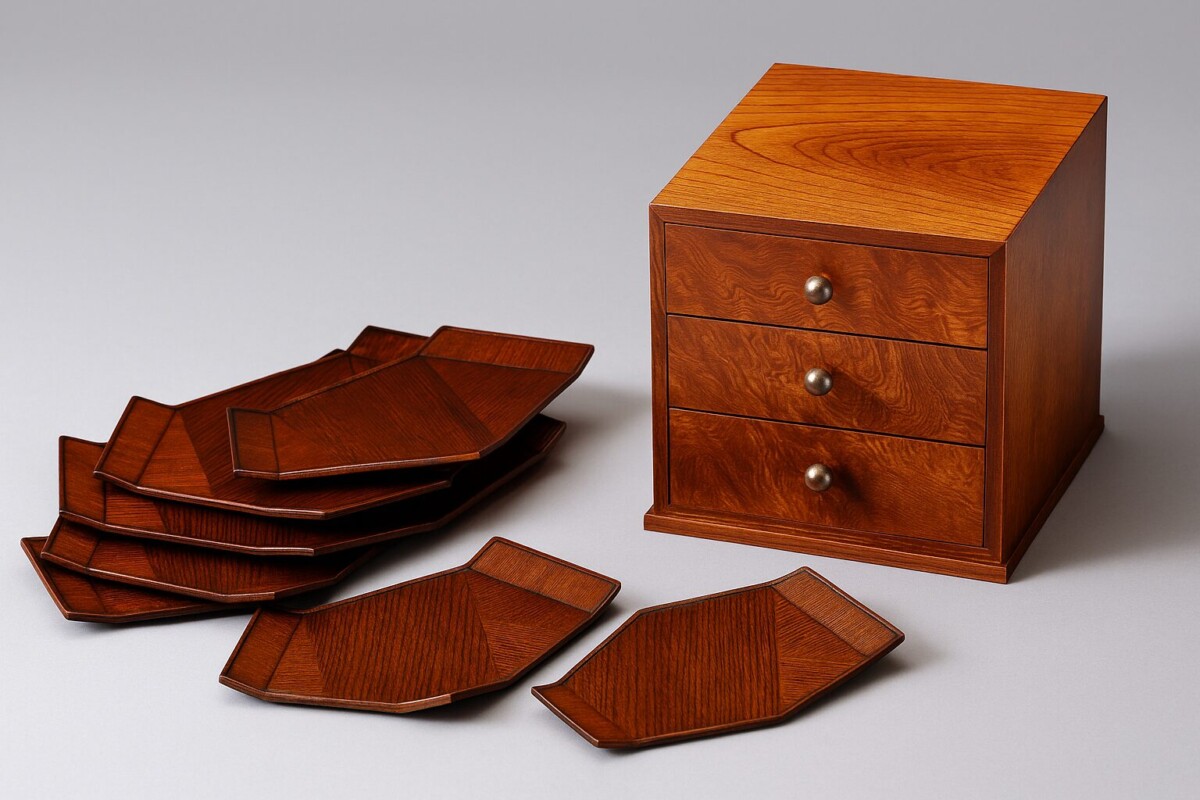
What is Suruga Sashimono? A detailed explanation of its charm, history, and features
Have you ever heard of Suruga Sashimono, a traditional craft that is the pride of Shizuoka Prefecture? It is an ancient Japanese woodworking technique that creates elaborate furniture and accessories using only wood, without using any nails. Its delicate and beautiful workmanship continues to attract many people.
What is Suruga Sashimono?
Suruga fingerwork is a traditional woodworking craft made in the Suruga region centered on Shizuoka City, Shizuoka Prefecture. The term “shimono” is a generic term for furniture and crafts made by joining pieces of wood together, and refers to a technique whereby the pieces are assembled using only wood working techniques, without the use of nails or metal fittings.
The greatest feature of Suruga shimono is its precise technique. Craftsmen cut wood one by one by hand and combine them without any deviations to create beautiful and sturdy products. Using mainly Japanese domestic timbers such as paulownia, cedar, and cypress, a wide range of products are produced, from daily necessities such as chests, small boxes, trays, and tables, to decorative items.
Background of Suruga Sashimono
The geographical conditions and historical factors of the Suruga region are deeply related to the background of the birth of Suruga shimono. Located at the foot of Mt. Fuji, the Suruga region was blessed with high-quality timber. Paulownia wood, in particular, is lightweight, strong, and resistant to humidity, making it an ideal material for making shimono.
The Suruga region was also a strategic point on the Tokaido Highway, where many people came and went. During the Edo period (1603-1867), feudal lords from all over the country passed through the area on their round trips, increasing the demand for high-quality crafts. This social background stimulated craftsmen to improve their skills and encouraged the development of SURUGA SASHIMONO.
History of Suruga Sashimono
The history of Suruga Sashimono is long, dating back to the Heian period (794-1185). In the beginning, the production of Buddhist ritual utensils and sutra boxes used in Buddhist temples was the main focus, but over time, the scope of production expanded to include everyday items used in ordinary households.
From the Kamakura to Muromachi periods, woodworking techniques were greatly developed in the Suruga region. It is believed that it was during this period that the techniques that form the basis of today’s SURUGA Sashimono were established. In particular, wood joining techniques known as joints and joints for finishing were refined during this period and passed down to later periods.
In the Edo period (1603-1867), Suruga joinery made a dramatic leap forward. With Tokugawa Ieyasu residing at Sunpu Castle, the Suruga region became a politically important area, and demand for high-quality craftwork increased dramatically. During this period, many talented craftsmen gathered in the Suruga region, and the improvement and transmission of techniques became active.
After the Meiji period (1868-1912), lifestyles changed with the influx of Western culture, and Suruga finger works also underwent changes to keep up with the times. While preserving traditional techniques, the company worked to develop products with new designs and uses, building a foundation that has continued to the present day.
Characteristics and Attractiveness of Suruga Sashimono
The most distinctive feature of Suruga finger works is the technique of “mokkouri,” which does not use any nails or glue. Craftsmen are well versed in the properties of wood and create precise joints, called joints or joints to be finished, by hand. This technique allows for the completion of strong and beautiful products without the use of metal.
The wood used is mainly paulownia wood, cedar wood, and cypress wood, each selected for its unique characteristics. Paulownia wood is lightweight and resistant to moisture and insects, making it ideal for kimono chests. Cedar is easy to process and has a pleasant aroma, so it is used for small accessory boxes and tea ceremony utensils. Hinoki is highly durable and is used for high-end furniture.
Another appeal of Suruga finger works is their beautiful workmanship. The natural texture of the wood, which takes advantage of the beautiful grain of the wood itself, and the delicate decoration created by the craftsman’s hands are in harmony, and the more the wood is used, the more its flavor will increase. Another important feature is that it is easy to repair and maintain, and with proper care, it can be used for generations to come.
Suruga Sashimono Production Process
The production of SURUGA SHIMONO begins with the selection of wood. The craftsman selects the most suitable wood according to the use and size of the product, and uses materials that have been sufficiently dried. This process is extremely important because insufficient drying can cause deformation and cracking later on.
Next, the lumber is precisely cut according to the blueprints to create each component. In this process, the joints and finishes require particularly precise processing, and even the slightest error is not tolerated. Craftsmen use their many years of experience and skilled techniques to process with a precision that cannot be reproduced by machines.
Once processing is completed, the parts are assembled. Since the wood is assembled without using nails or glue, each part must be perfectly precise before it can be assembled. Craftsmen carefully put the parts together and assemble them with a mallet and other tools.
Finally, the surface is finished. Sandpaper is used to smooth the surface, and natural materials such as lacquer and beeswax are used to finish the surface as needed. This process maximizes the original beauty of the wood and ensures durability for long-term use.
Conclusion
Suruga Sashimono is a traditional craft that is the pride of Shizuoka Prefecture, and is the crystallization of advanced woodworking techniques cultivated over a long period of history. The products produced by the technique of woodworking without using nails, the use of carefully selected domestic wood, and the skillful hands of craftsmen are all gems that combine functionality and beauty.
In contrast to today’s mass-produced products, SURUGA SHIMONO is handmade one by one, and is a sustainable product that can be used over a long period of time and become more and more attached the more it is used. While preserving traditional techniques, new designs have been created to suit modern lifestyles, and the charm of SURUGA SHIMONO will continue to be loved by many people in the future.
We hope you will experience the essence of craftsmanship and the depth of Japanese culture through Suruga Sashimono, an excellent traditional Japanese craft.
Reference: Shizuoka City Official Website



